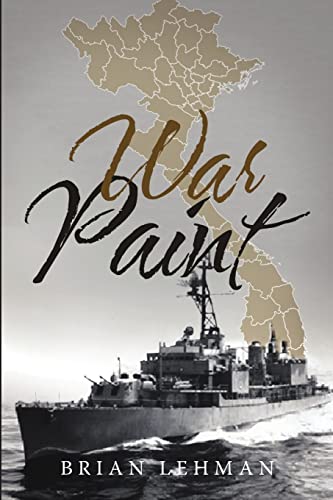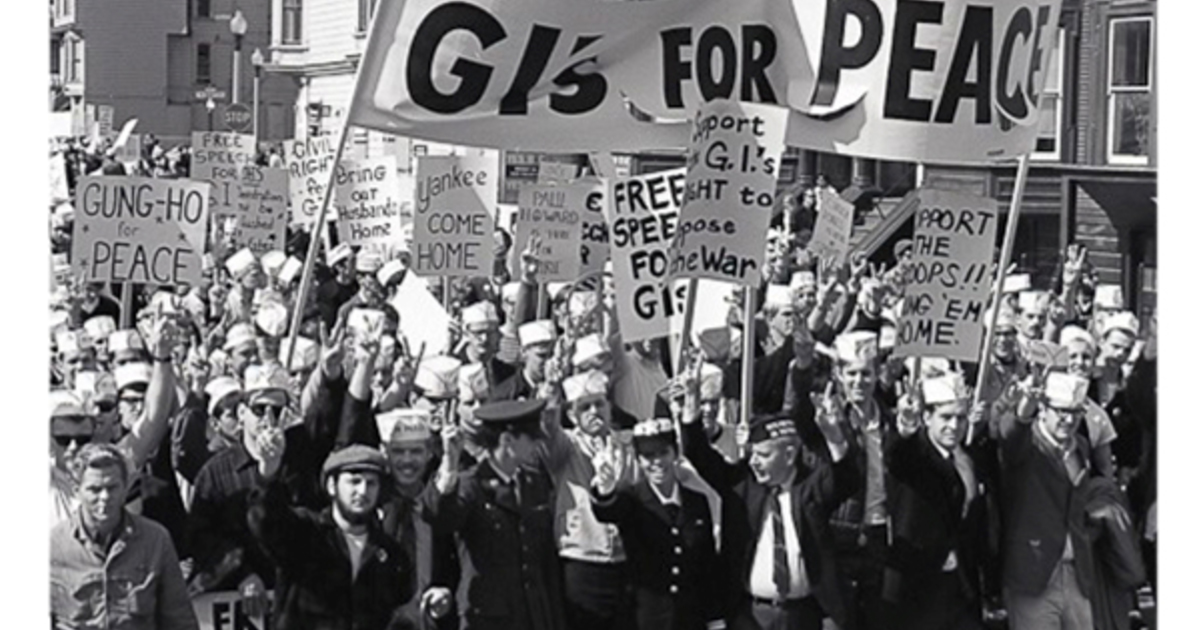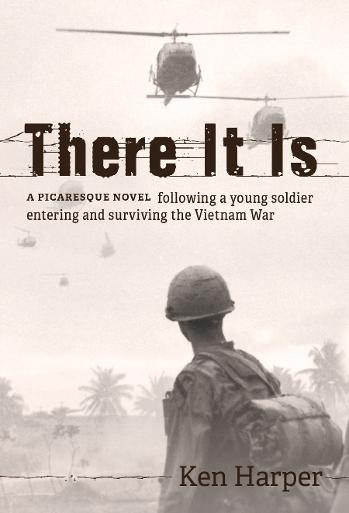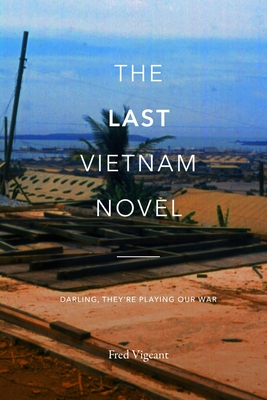
In Rick DeStefanis’ novel, The Birdhouse Man: A Vietnam War Veteran’s Story (360 pp. $23.95, hardcover; $12.99, paper; $6.99, Kindle), an older veteran tell his Vietnam War story to a student working on a college project. DeStefanis served with the 82nd Airborne Division from 1970-72. The book is the latest novel in his Vietnam War Series.
In it, widower Sam Walker is selling his handmade birdhouses at a campus arts and crafts festival when he meets a student, Claire Cunningham, who tells him the military insignia on his cap is the same one her grandfather had worn. Her grandfather had recently died before he could help her with her senior thesis, which was going to be based mainly on his Vietnam War experiences. Sam seldom talked about the war, except when he had taught it at the college, and he never told anyone about his personal experiences. Still, he decides to help Clair finish the thesis, even though she wants the unfiltered truth of what he did, saw, and thought.
Sam tells her he had enlisted ahead of the draft, volunteered for OCS, then went to Airborne and Ranger School. He landed in Vietnam in late 1967 and noted that everything “outside the barbed wire appeared to be a land of poverty and filth.” He goes on to say that the Vietnamese countryside was “litter, naked children, rivers, and palm trees—sort of like paradise gone to hell.” He was amazed to see a “house made of beer cans.”
Sam eventually tells the young woman of combat so intense and close-up that his rifle was once pressed against the chest of an enemy soldier when he fired it. After a few sessions with her, his nightmares return. We then learn that Claire is trying to connect with her father who served in the Army in Iraq and is on the streets somewhere suffering from PTSD. As Sam continues his story and answers her questions, he decides to help Claire find her father.
In a way the main plot is a fantasy in which a grumpy old veteran finally decides to talk about the war, but only to a young female college student who is very attractive and, as Sam says, my “kind of woman.” While on the road searching for her father the two frequently share a hotel room. One morning they eat breakfast in the room with her wrapped only in a blanket. And, to round out the fantasy, Claire hangs on every word of Sam’s story.
On the other hand, everything turns out to be on the up and up, which seems plausible. Claire loved her grandfather and sees much of him in Sam.
I was impressed with how Rick DeStefanis spun out the various threads of this story in such a way that I never once thought things might come unraveled. He has created a great story of war and the human relationships that come together because of it.
His website is rickdestefanis.com
–Bill McCloud

















